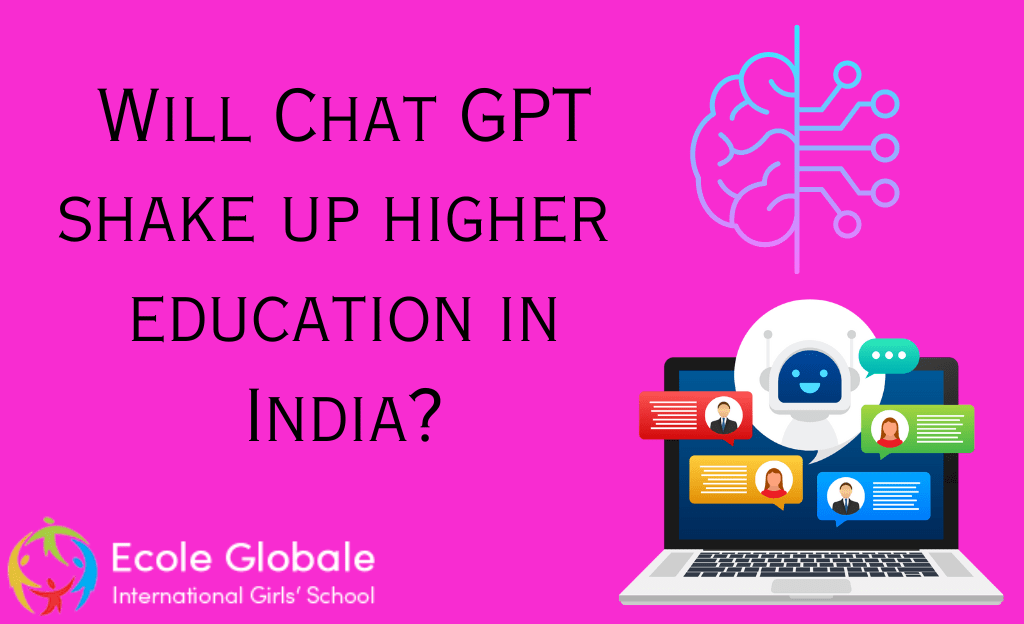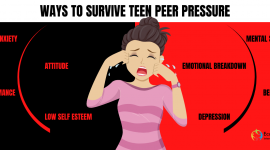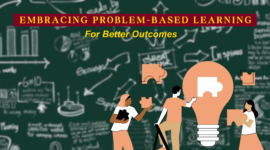The ChatGPT bot is a revolutionary technology that will help you to automate your entire business. It can be used for advertising and selling products, as well as for providing customer support. Chatbot technology is based on artificial intelligence and machine learning, which means that it will constantly improve its performance and knowledge base. However, AI and technology can certainly play a significant role in transforming higher education in India.
The chatbot is created on the basis of an online chat system, which allows you to communicate with it through text messages or voice commands (depending on the device). The chatbot can also be accessed via a mobile app or website.
How does ChatGPT work?

ChatGPT is a revolutionary technology that allows you to have a conversation with a bot. The bot will answer your questions in real-time, just like a human would. It’s like having a personal assistant who is always available and ready to help you.
The best thing about ChatGPT is that it’s completely free! You can use it for any purpose, whether personal or commercial.
You may be wondering how the bot can understand what you’re saying. Well, it uses advanced artificial intelligence algorithms (AI) which enable it to understand natural language and respond accordingly.
Advantages of ChatGPT over Traditional Teaching Methods
The technology of ChatGPT is revolutionary. It is a new way of teaching and learning, which can be used by teachers and learners at the same time. The traditional methods of teaching and learning are no longer valid in this 21st-century world.
The advantages of ChatGPT over traditional methods are:
1) The learner can ask questions directly to the teacher without having to write them down.
2) The learner can ask questions related to the topic being taught by the teacher.
3) The learner can hear answers from other students as well as from their own classmates.
4) The learner can read answers given by other students on the same topic being taught by the teacher.
5) The learner can participate in discussions related to any topic being discussed in class using ChatGPT software or a website hosted on any web server worldwide with an internet connection (LAN or WAN).
Challenges in Higher Education in India

1. Access to Quality Education
Access to quality education is one of the biggest challenges in India. The Government has taken many initiatives to address this issue. Some of them are:
- The Right to Education Act 2009, guarantees free and compulsory education for all children between the ages of 6 and 14 years.
- The Mid Day Meal Scheme (MDMS), which provides free lunch for students who come from economically disadvantaged backgrounds
- The Sarva Shiksha Abhiyan (SSA), aims at improving the quality of schooling in government-run schools, especially in rural areas
2. Shortage of Skilled Teachers
The shortage of skilled teachers is one of the most serious challenges facing higher education in India. As per the Ministry of Human Resource Development (MHRD), there are over 1 million vacant posts in colleges and universities across India. This means that more than 10% of teachers’ posts are vacant at present.
The situation is particularly bad in rural areas, where teachers are paid very low salaries and have little incentive to stay on in their jobs. In urban areas too, many teachers quit after a few years because they cannot handle the stress of working in an overcrowded classroom or because they do not have enough time for research and publication.
The lack of qualified faculty also affects student admission policies at several universities. For instance, Delhi University has been offering admissions under the sports quota since 2013 due to the shortage of skilled teachers who would otherwise be eligible for admission under this category. The entire higher education in India comprises around 1000+ universities and 42,000+ colleges.
- Limited Resources for Education
- The Impact of ChatGPT on Higher Education in India
- Benefits for Students
- Increased Access to Education
- Personalized Learning Experience
- Opportunity to Learn at Their Own Pace
- Benefits for Institutions
- Cost-Effective Teaching Method
- Increased Efficiency in Teaching and Learning
- More Opportunities for Collaboration and Research
- Potential Drawbacks of ChatGPT in Higher Education in India
- Limitations of Artificial Intelligence B. Concerns over Job Losses C. Lack of Human Interaction
Conclusion
As per research conducted by the Girls Goarding School in Dehradun,ChatGPT can help the Indian higher education system achieve a lot of its goals. The ability for students to contact their teachers immediately opens up a number of opportunities, from preventing course failure from late grades to that all-important first step on the career ladder. For students and teachers alike, then, it’s easy to see why ChatGPT is such an exciting tool for the future of higher education in India.









